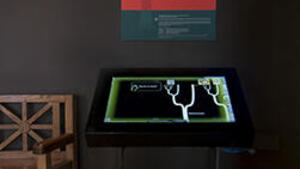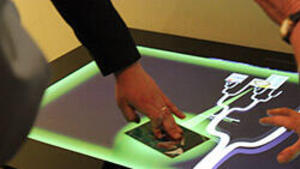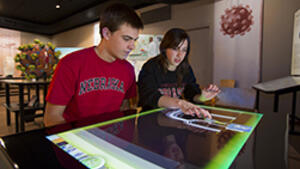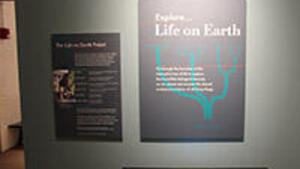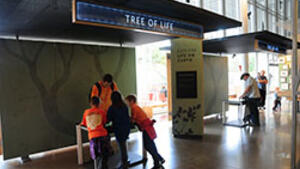Citation:
Margaret Evans, Brenda Phillips, Michael Horn, Florian Block, Judy Diamond, and Chia Shen. 10/24/2013. “Active prolonged engagement: When does it become active prolonged "learning"?” In Presention at the 2013 Society for Research in Child Development Biennial Meeting, In D. Uttal (Chair), Developmental Research Outside the Lab: Children’s STEM. Learning In Museums, Seattle, Washington.

Abstract:
Do people learn better when the "flow of experience is under their control"? (Gureckis & Markant, 2012). The results from cognitive science and educational research have been mixed, though the preponderance of the evidence suggests that such active learning is beneficial, with recent work in machine learning providing additional support for this idea (Gureckis & Markant, 2012). For the informal learning community self-directed or free-choice learning is the centerpiece of the visitor experience (Falk & Dierking, 2010). In this study, we investigated whether free-choice active prolonged engagement (Gutwill & Allen, 2009) with a multiuser interactive touch-table exhibit provides a learning experience that differs from that provided by viewing a video on the same topic. The extant cognitive research finds that objects that are within reach of hands or tools elicit different cognitive resources than do more distal objects (Brockmole et al., 2013). Thus the specific question addressed in this study, is whether such hands-on or embodied learning can help youth acquire relatively abstract STEM topics, such as the core evolutionary concept that all life on earth is related through common descent.See also: Publications and Presentations



